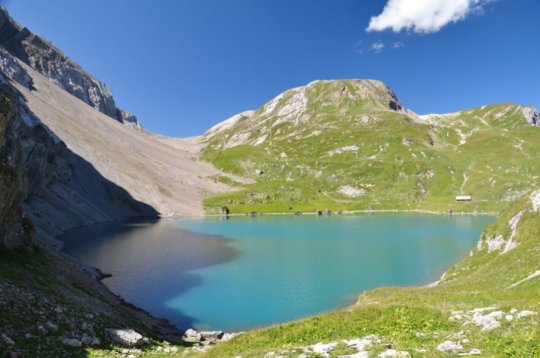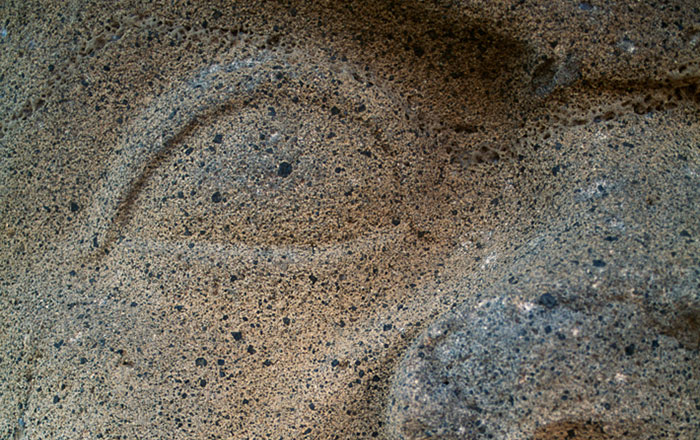
BERN, SWITZERLAND—Swiss Info reports that shepherds may have been grazing their herds in pastures some 9,000 feet above sea level as early as 5000 B.C. Scientists from the Oeschger Center for Climate Change Research at Bern University say that artifacts revealed by retreating ice indicates that the herders took their grazing animals from the dry slopes of the Lower Valais and hiked for two days to better pastures at the Bernese Oberland, located below the Schnidejoch Pass. The herders may have carried food in the wooden containers recently revealed by the melting ice. The scientists also analyzed sediment cores taken from nearby Lake Iffig, and found pollen dating back 7,000 years from plants that grow well in ground covered with dung. Spores from a fungus that grows on cattle dung were also detected. When ice returned to the Schnidejoch Pass some 1,000 years later, the pastures were no longer used. For more, go to “Switzerland Everlasting.”











